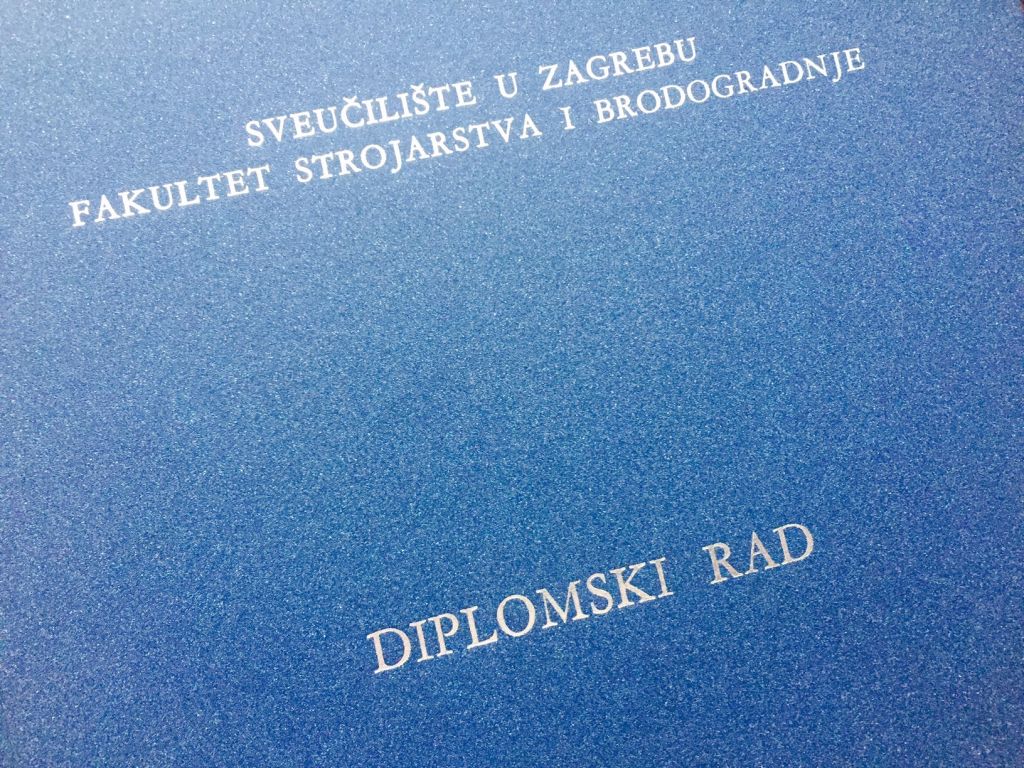Design review is a part of most product designs. The development of new technologies allows for improvements in the design review process. A new technology that stands out is virtual reality (VR). VR allows for more intuitive interactions with and visualizations of the product which is being reviewed. To determine how best to use VR for design reviews, it is important to study how design teams use VR. One aspect that should be studied is how they collaborate. A popular method for studying collaboration is protocol analysis. An important part of protocol analysis is analysing the communication structure. Analysing communicational structures allows insight into how teams interact during design reviews. To make analysing communicational structures of design teams during design reviews easier, a form of computer support has been developed for analysis. The computer support is a MATLAB computer program. The program uses audio files and segmented speech as input, based on which it gives us the results of communication structure analysis. The results are exported as cumulative talking time graphs, moving average graphs, and a spreadsheet with the results of Markov analysis. A single example of a four-member design team in a design review session has been used to demonstrate the working of the developed program. Results gathered from the analysis of the example are also shown. The results that are exported using the program allow us to compare different design review sessions as well as determine the dominant members during design reviews. Three paths for further development of the program have been recognized: adapting it to allow real-time analysis of design team collaboration, adding the ability to take context into account, and improving the user experience.

Marko Brnčić
2022
Bachelor thesis